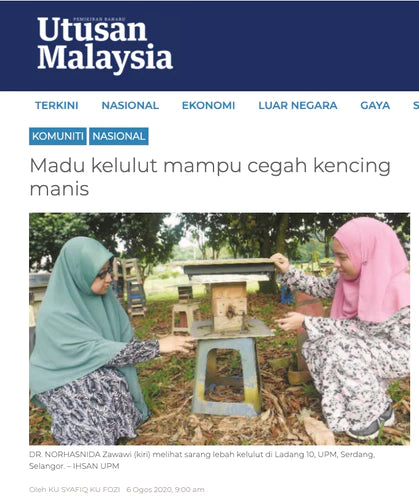UPM News: Researchers discover trehalulose sugar in kelulut honey brings health benefits
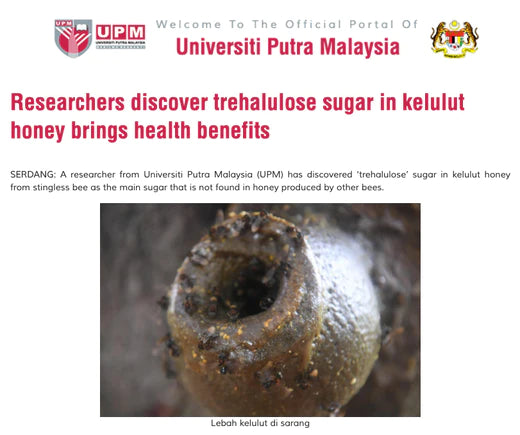
Researchers discover trehalulose sugar in kelulut honey brings health benefits
SERDANG: A researcher from Universiti Putra Malaysia (UPM) has discovered ‘trehalulose’ sugar in kelulut honey from stingless bee as the main sugar that is not found in honey produced by other bees.
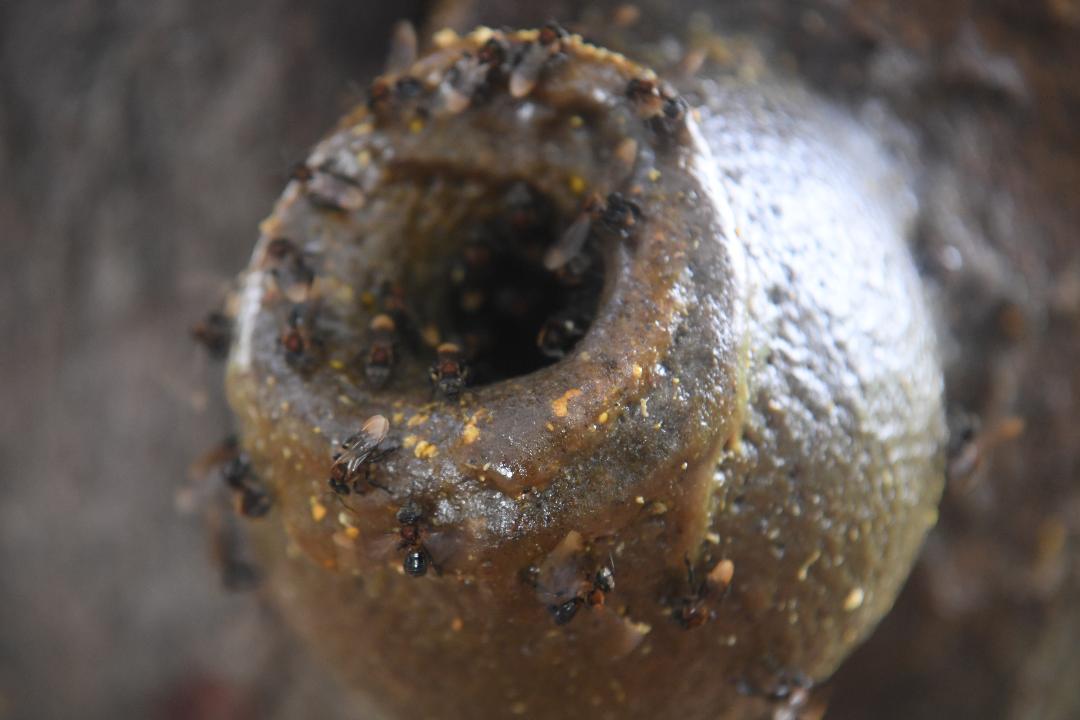
Lebah kelulut di sarang
The 'trehalulose' was discovered in the research on the kelulut honey sugar profile conducted by Dr. Norhasnida Zawawi, Senior Lecturer, Department of Food Science, Faculty of Food Science and Technology, UPM, together with Assoc. Prof. Dr. Mary Fletcher from the University of Queensland, Australia, as well as other laboratory research group colleagues from the Queensland Alliance of Agriculture and Food Innovation, Australia.
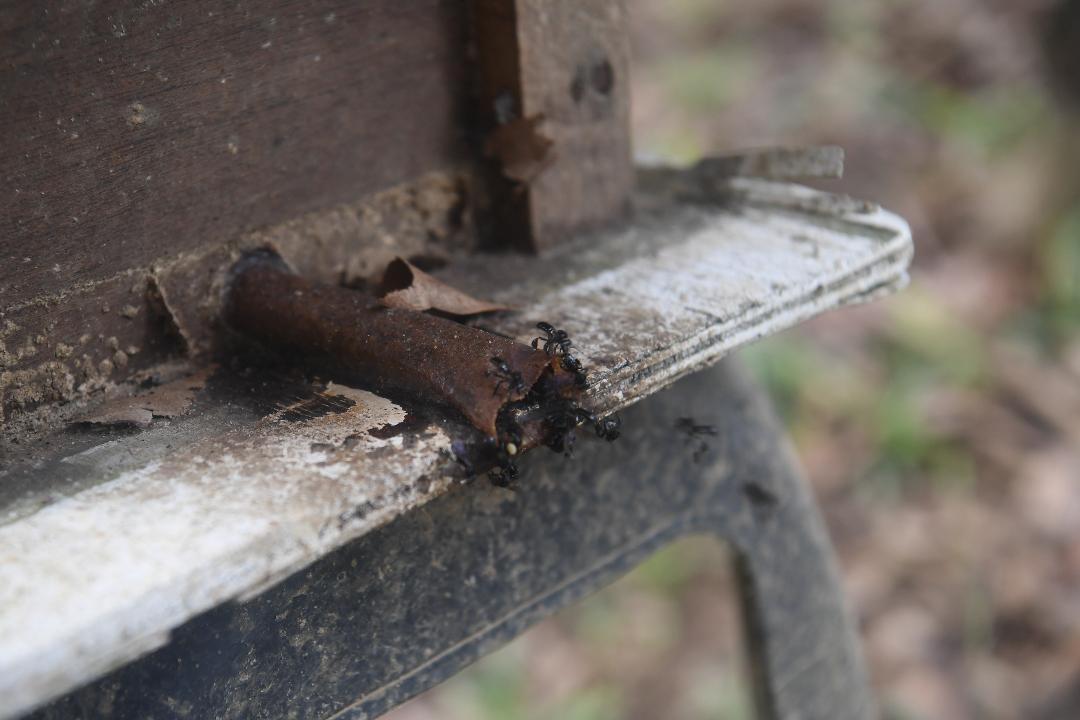
Lebah kelulut di sarang.
"We tested honey from two native bee species in Malaysia (Heterotrigona Itama and Geniotrigona Thoracica), two in Australia (Tetragonula Listroptera and Tetragonula Hockingsi) and one in Brazil (Tetragonisca Angustula) and found 13 to 44g of trehalulose sugar in all the honey, and not maltose sugar as previously thought," said Dr. Norhasnida.
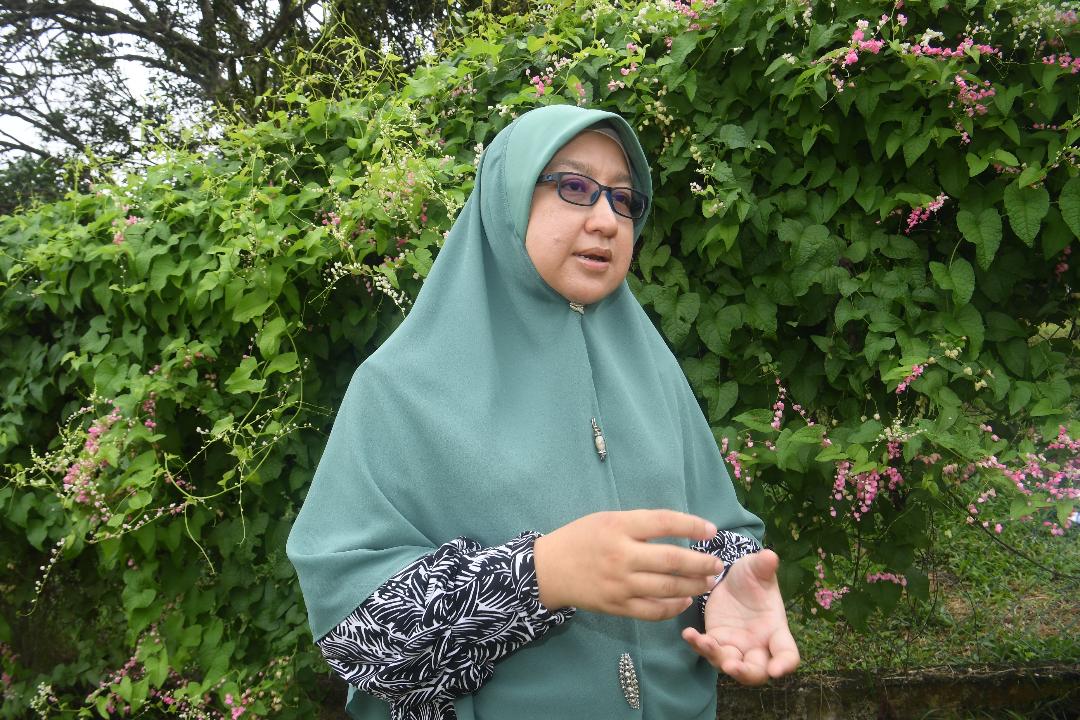
Dr. Norhasnida
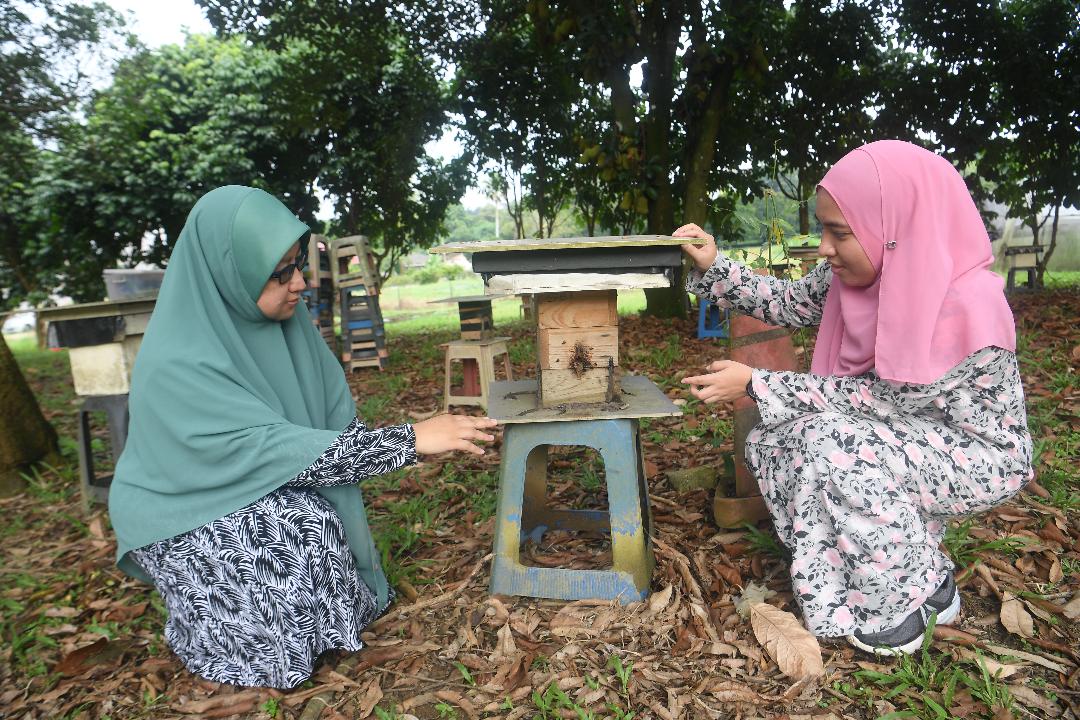
Dr. Norhasnida (kiri) dan pelajar Nurul Ainaa Farhanah Mat Ramlan melihat dari dekat sarang lebah kelulut.
She said the kelulut honey tested in Malaysia was from the bee species, G. Thoracica, and has the highest 'trehalulose' content, which is 84% from the honey weight.
Dr. Norhasnida said the trehalulose is sugar with a low glycemic index (GI) of only 32 and is not found as a major component in other foods.
She also said the trehalulose sugar has a sweetness of up to 70% of the sucrose sugar. When consumed at an appropriate amount, it can be used to prevent diabetes.
"In the past, traditionally, people in Malaysia have used this honey to treat diabetic patients, but we have not been able to prove the factors that lead to those effects scientifically yet.
“Now we know that lower GI value of this honey could be one of the factors that contribute to such claims because when trehalulose enters the digestive system, it will be absorbed slowly into the blood stream and will not cause a spike in blood glucose like the other normal sugars," she said.
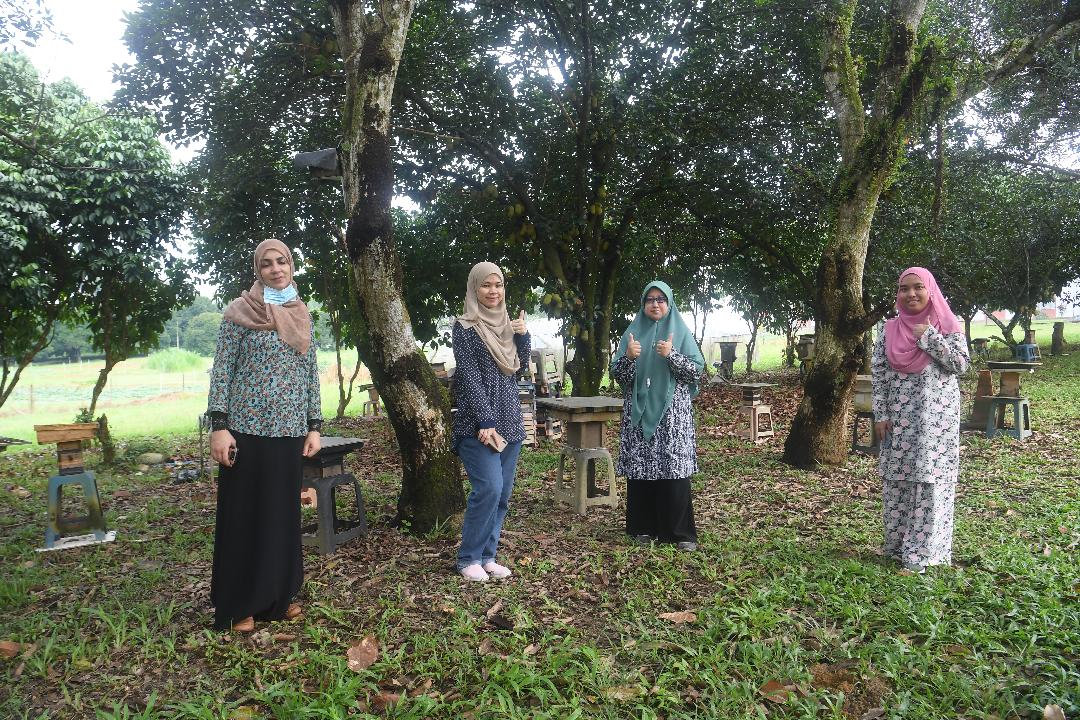
Dr. Norhasnida (dua kanan) bersama tiga pelajar selepas meninjau kawasan pemelihataan dan pembiakan lebah kelulut di Ladang 10, UPM.
She said another interesting fact about the trehalulose sugar is that it is acariogenic, and therefore, it does not cause tooth decay.
According to her, the discovery of trehalulose sugar has been published in a journal, Springer Nature: Scientific Reports, available at https://rdcu.be/b5Mh3.
Dr. Norhasnida added the discovery would strengthen the kelulut honey bee market and increase the demand for the honey internationally.
Thus, she said, the honey industry in the country will develop more rapidly, which will increase the income of kelulut farmers in Malaysia.
She said, however, the high commercial value also makes the honey risky to counterfeit, such as selling honey that has been mixed with other ingredients or is diluted.
"But based on this study, we will be able to test the authenticity of the kelulut honey sold in the market besides from assisting the industry and authorities to set appropriate food standards for this honey, which is different from the existing standards," added Dr. Norhasnida, who is also a member of the Kelulut Honey Standard Formation Committee at the Department of Standards Malaysia, Ministry of International Trade and Industry (MITI).
She hoped the Ministry of Agriculture and Food Industries would establish a Research Institute for Kelulut Bee in Malaysia to intensify the studies on kelulut bees and kelulut honey as a potential national commodity.
The research was partially funded by the Ministry of Higher Education through the research grant, Putra Grant (No. 9568900), but it was conducted at the University of Queensland, where Dr. Norhasnida was on a sabbatical leave and was later appointed as Honorary Senior Fellow there.
Further testing is now being conducted at the Functional Food Laboratory, Faculty of Food Science and Technology. – UPM
Date of Input: 04/08/2020 | Updated: 07/08/2020 | hairul_nizam
Source:

